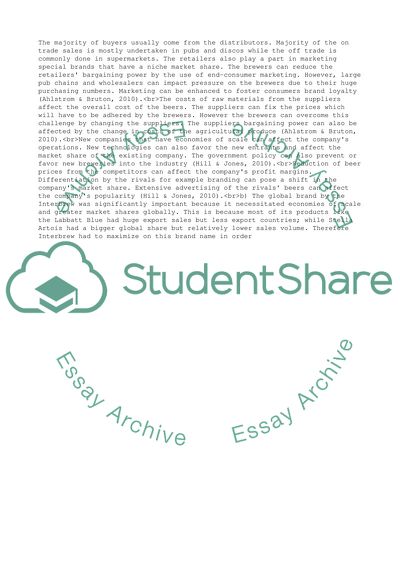Cite this document
(Strategic Management in a Global Environment Assignment - 3, n.d.)
Strategic Management in a Global Environment Assignment - 3. https://studentshare.org/macro-microeconomics/1865212-strategic-management-in-a-global-environment
Strategic Management in a Global Environment Assignment - 3. https://studentshare.org/macro-microeconomics/1865212-strategic-management-in-a-global-environment
(Strategic Management in a Global Environment Assignment - 3)
Strategic Management in a Global Environment Assignment - 3. https://studentshare.org/macro-microeconomics/1865212-strategic-management-in-a-global-environment.
Strategic Management in a Global Environment Assignment - 3. https://studentshare.org/macro-microeconomics/1865212-strategic-management-in-a-global-environment.
“Strategic Management in a Global Environment Assignment - 3”. https://studentshare.org/macro-microeconomics/1865212-strategic-management-in-a-global-environment.


